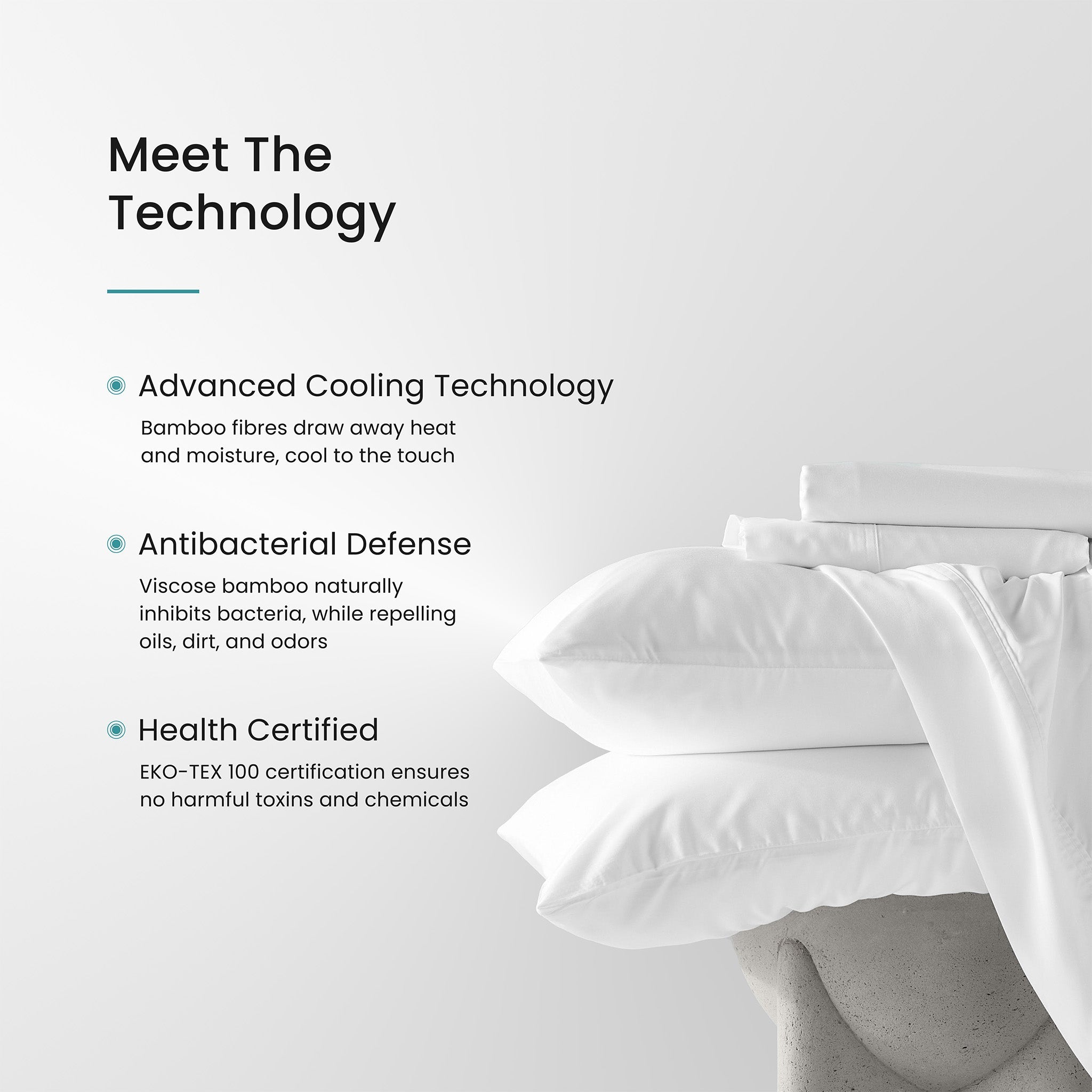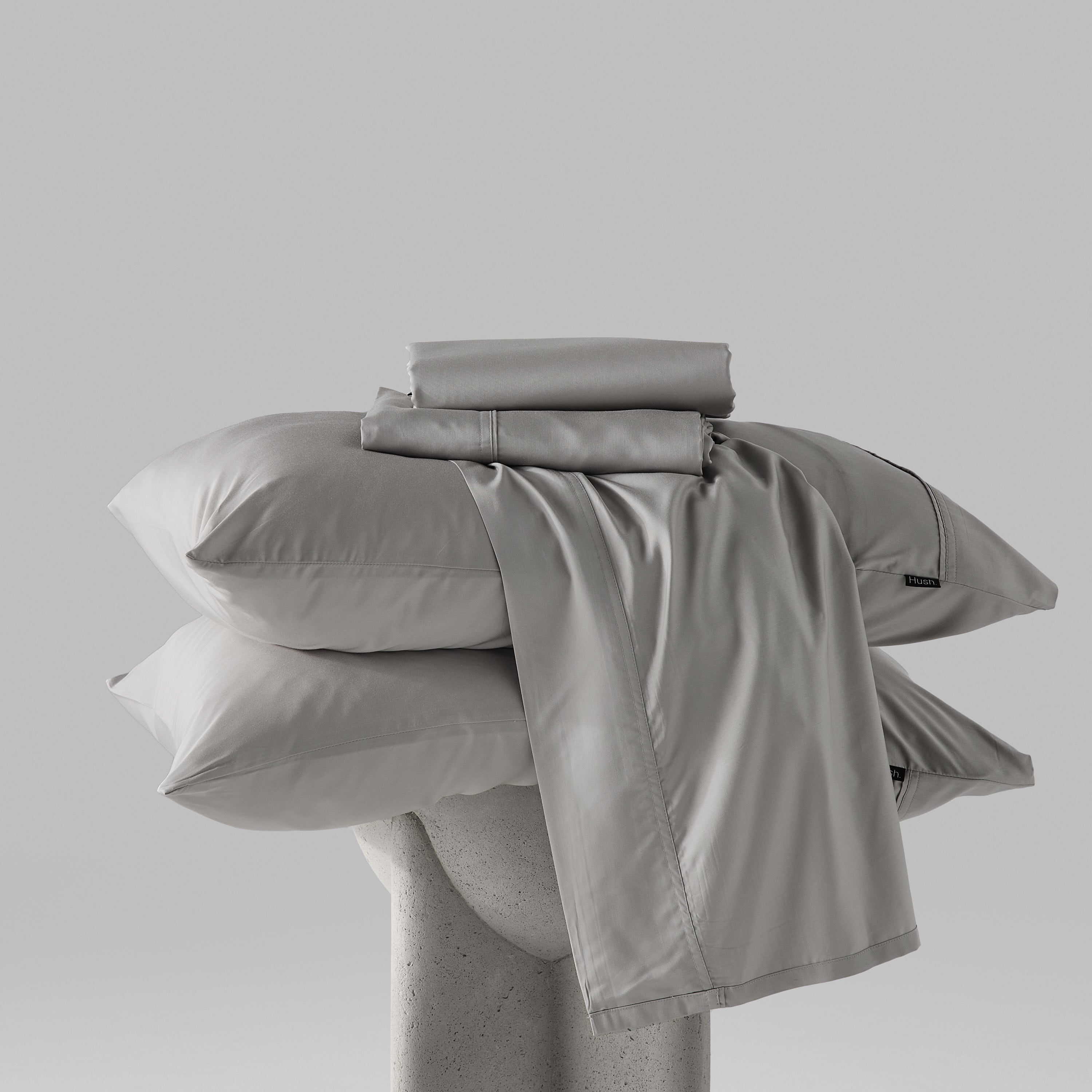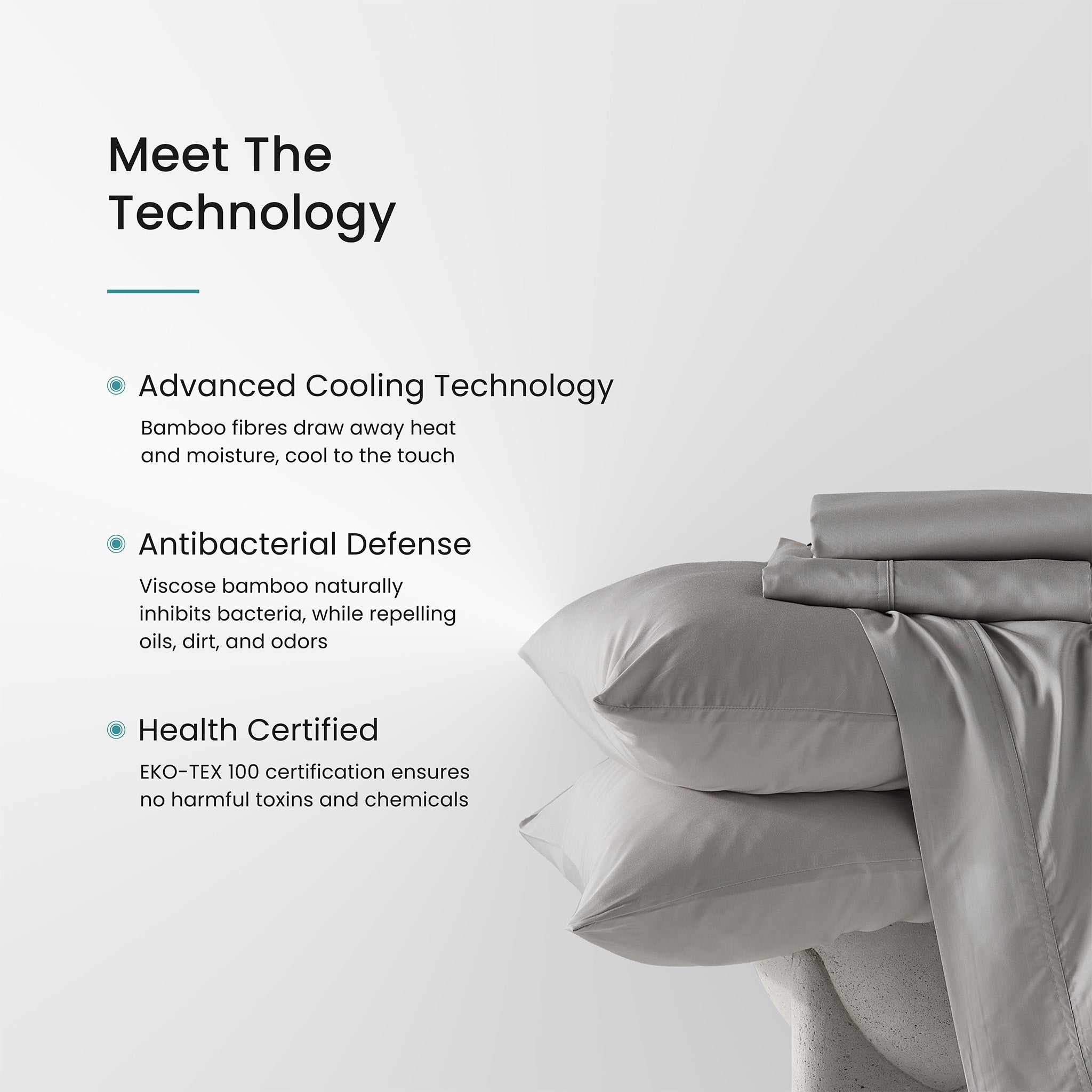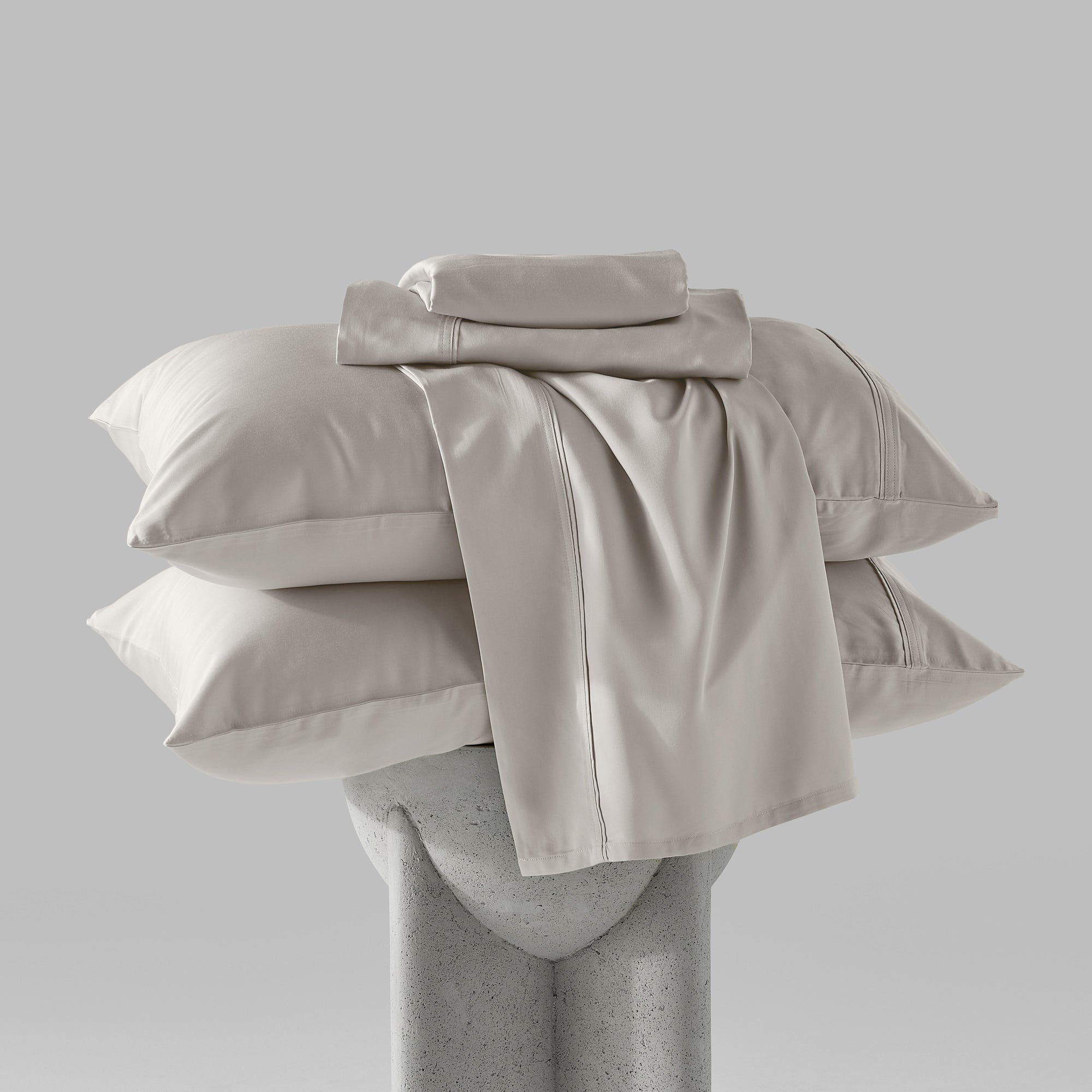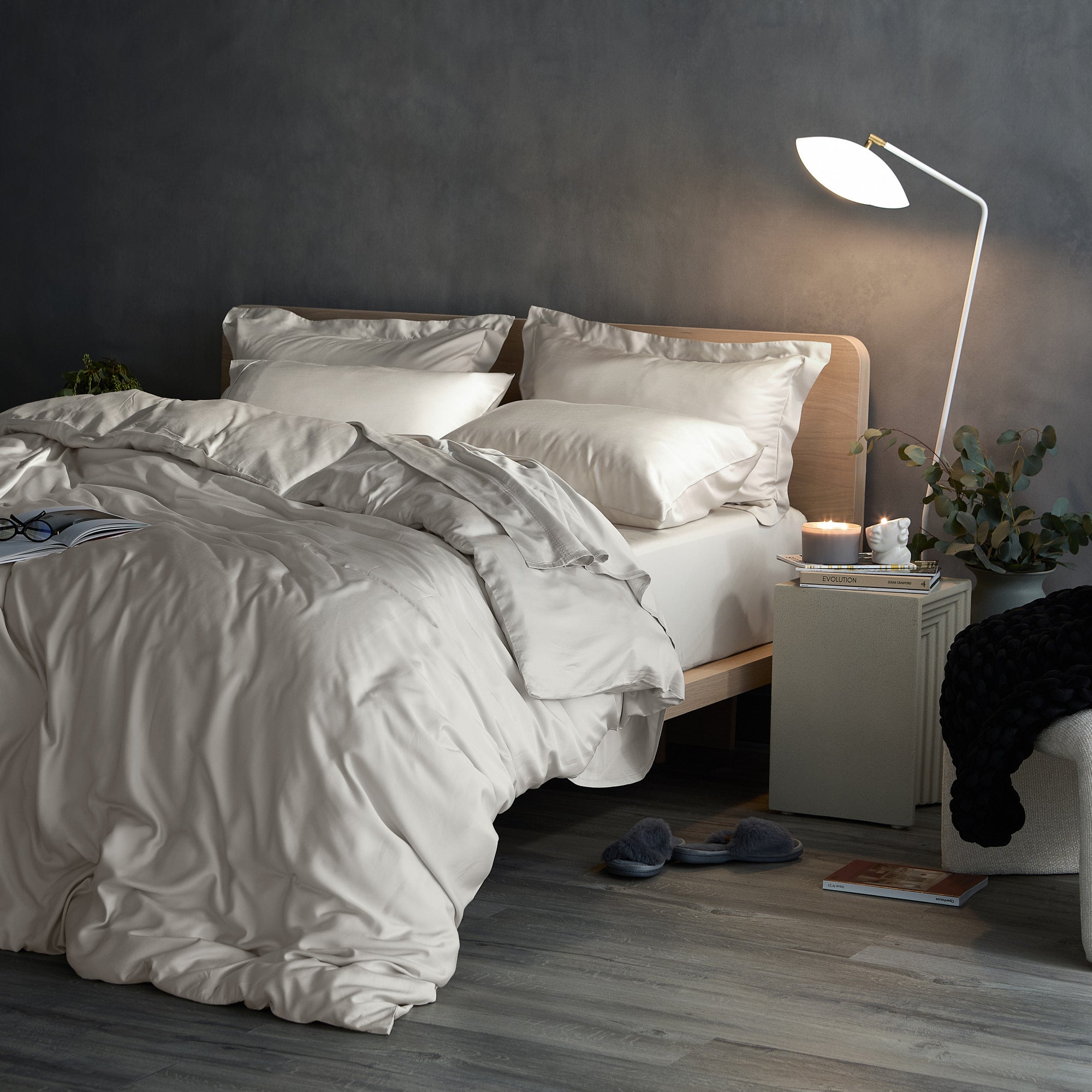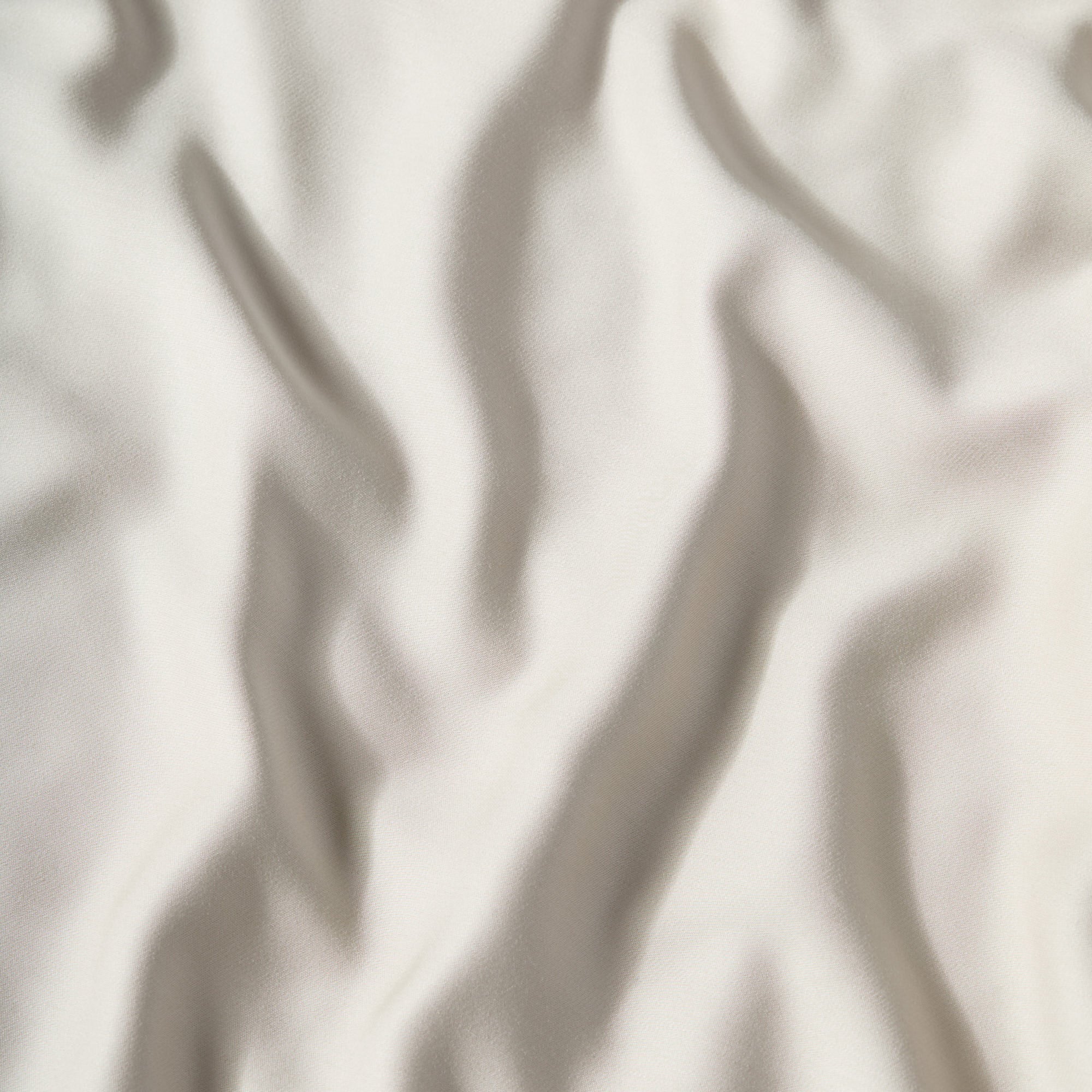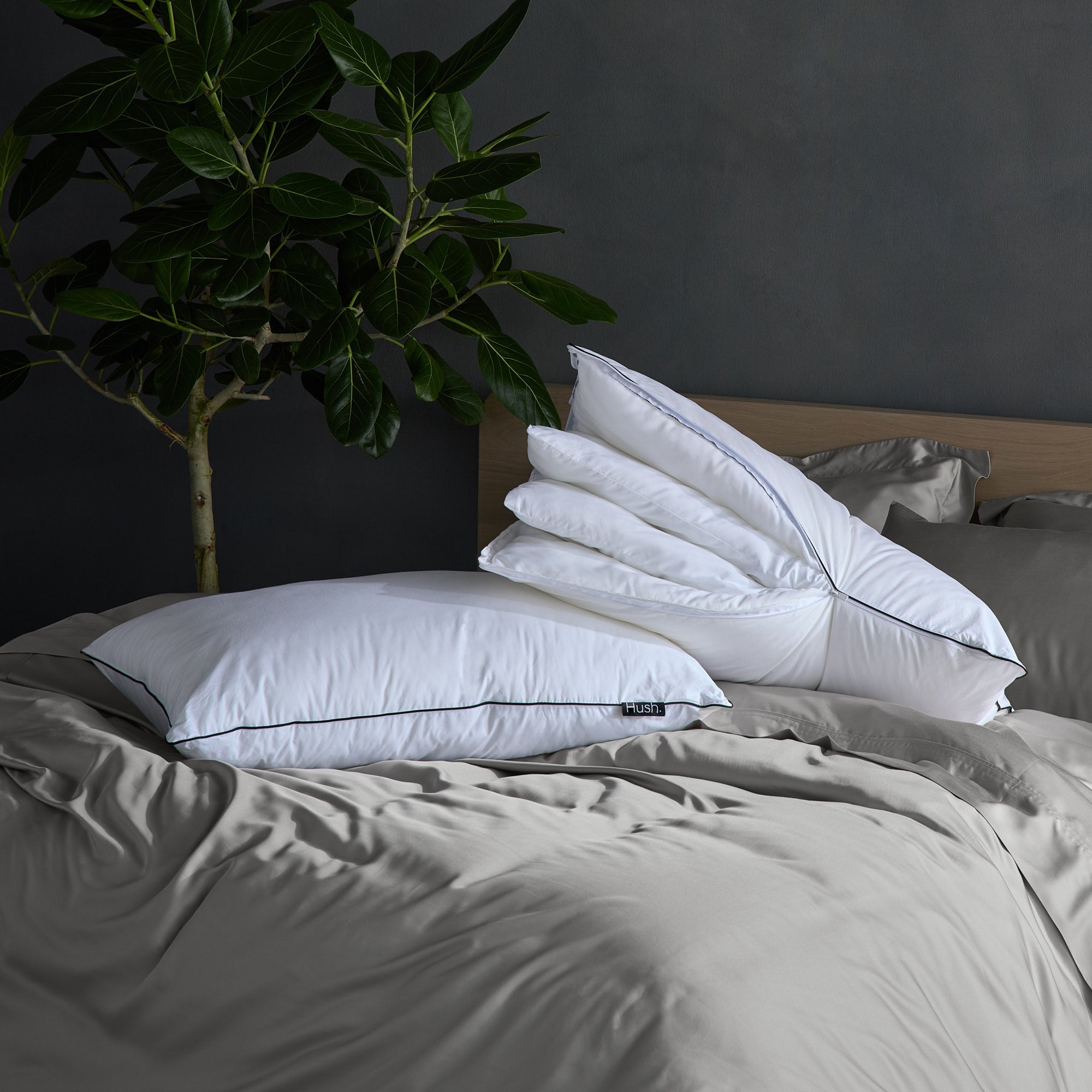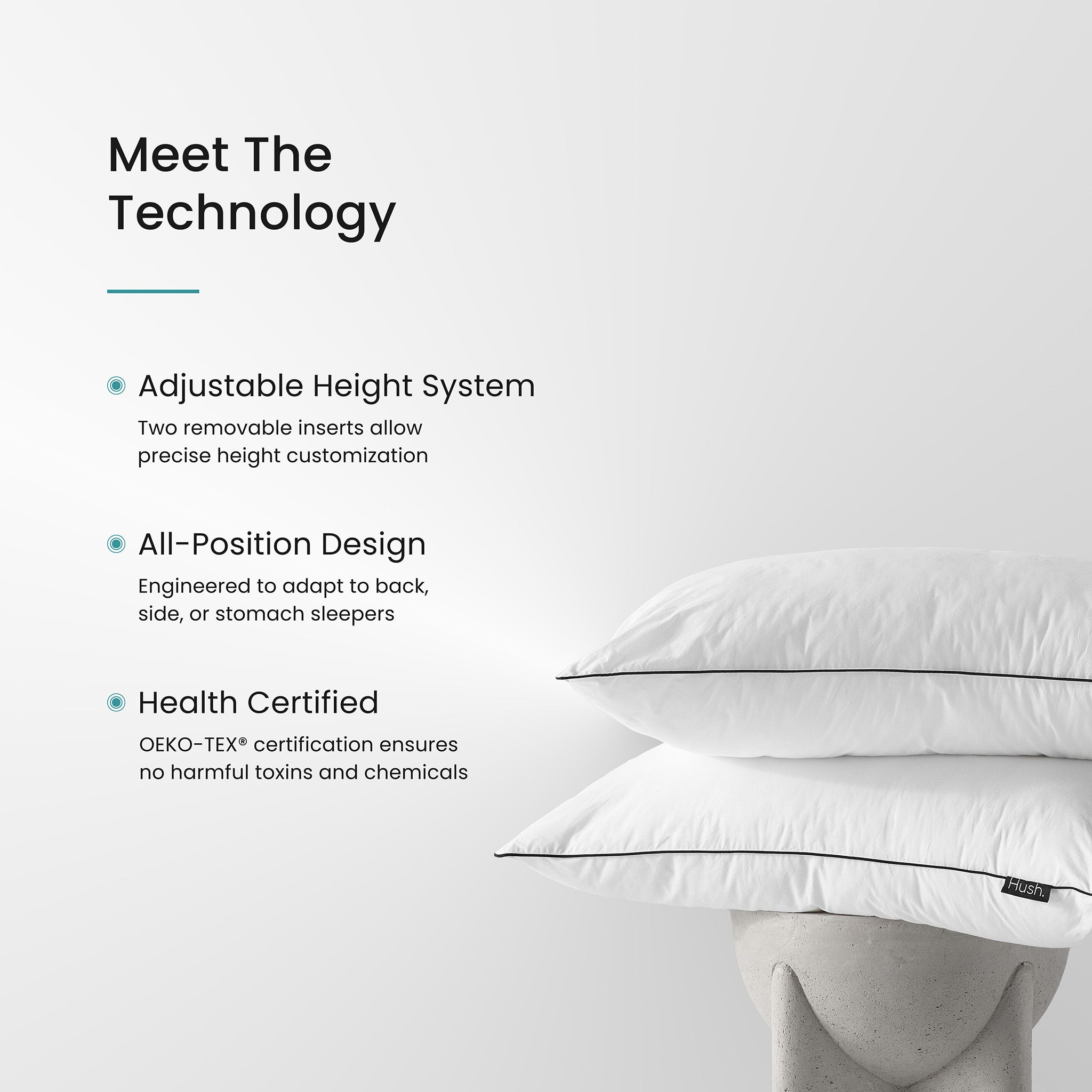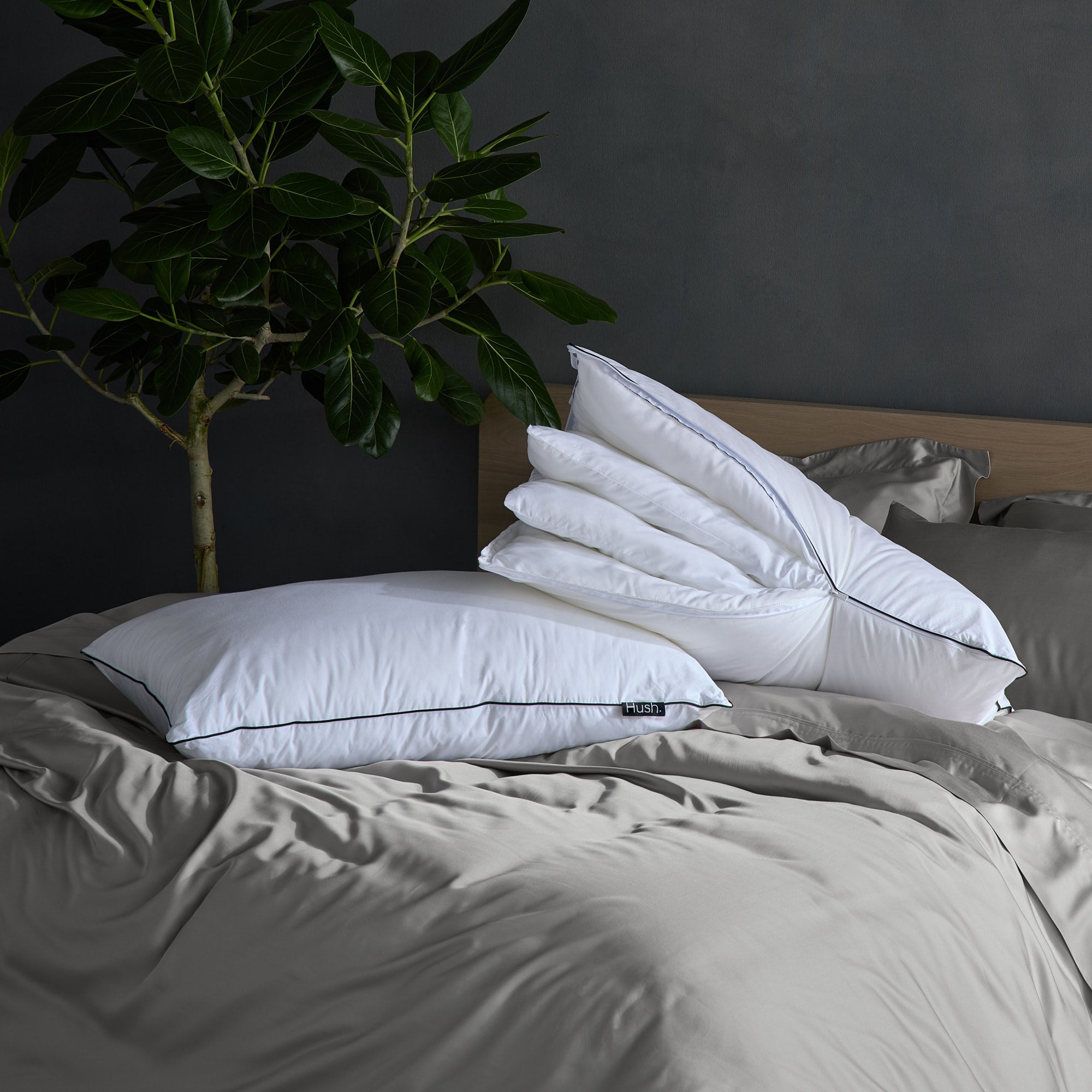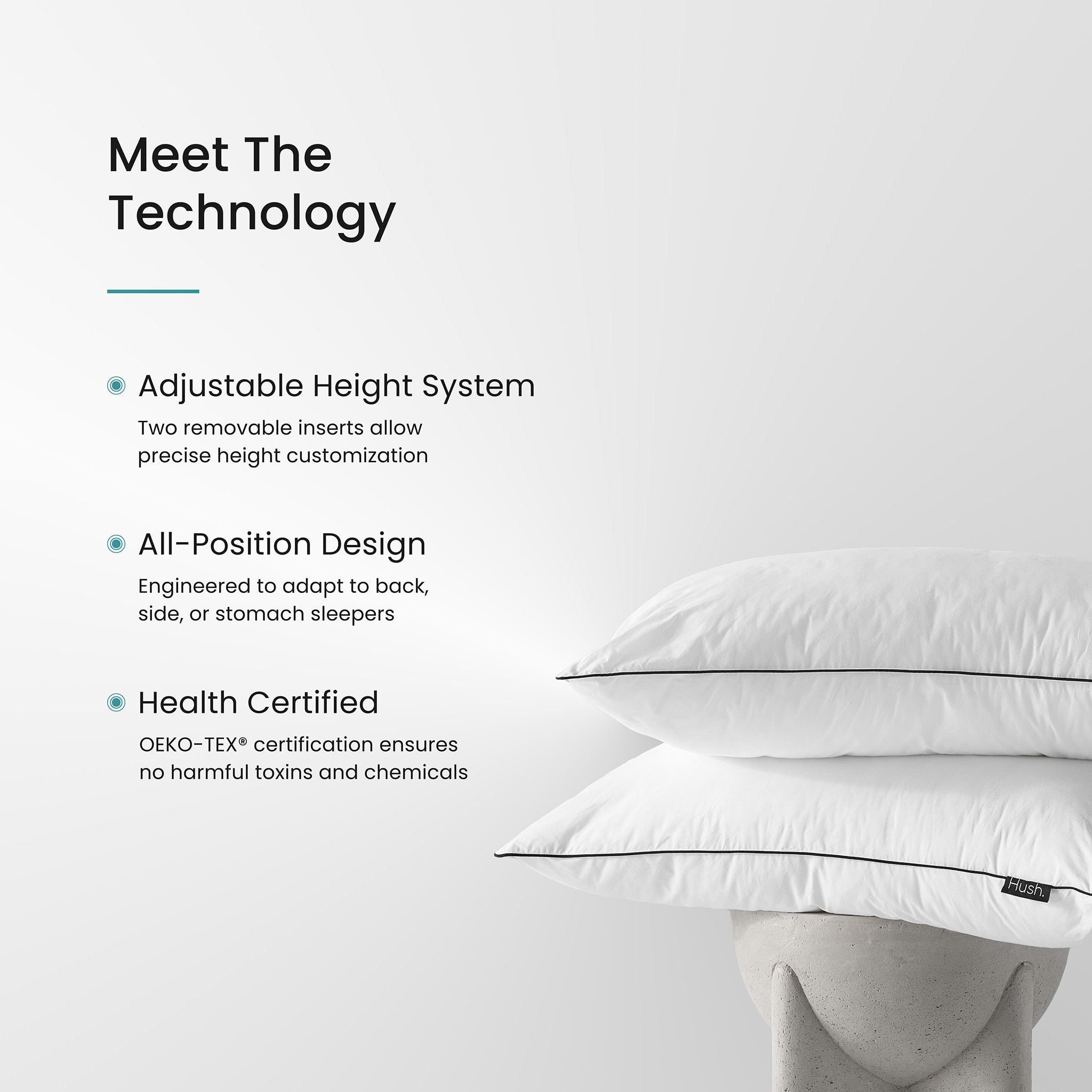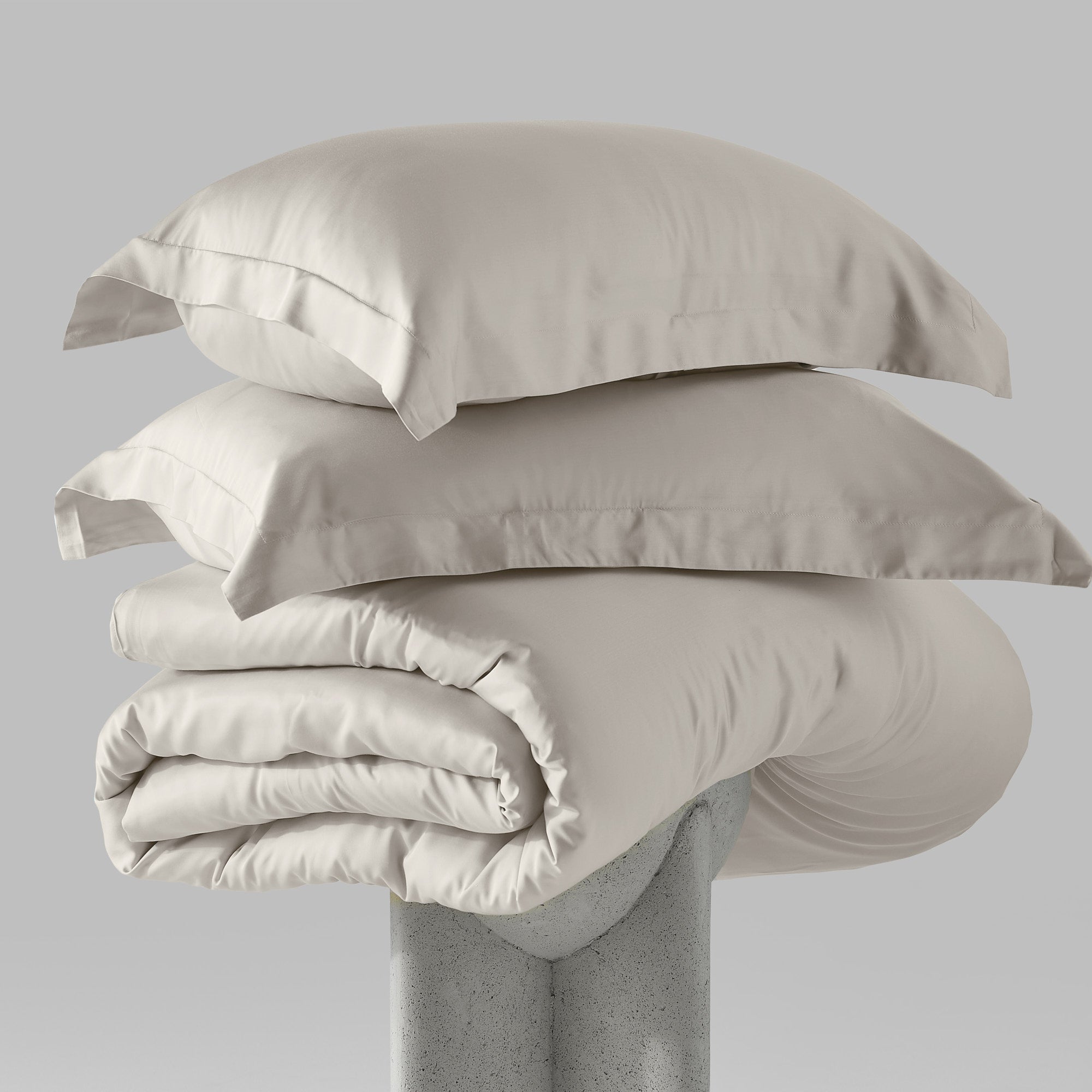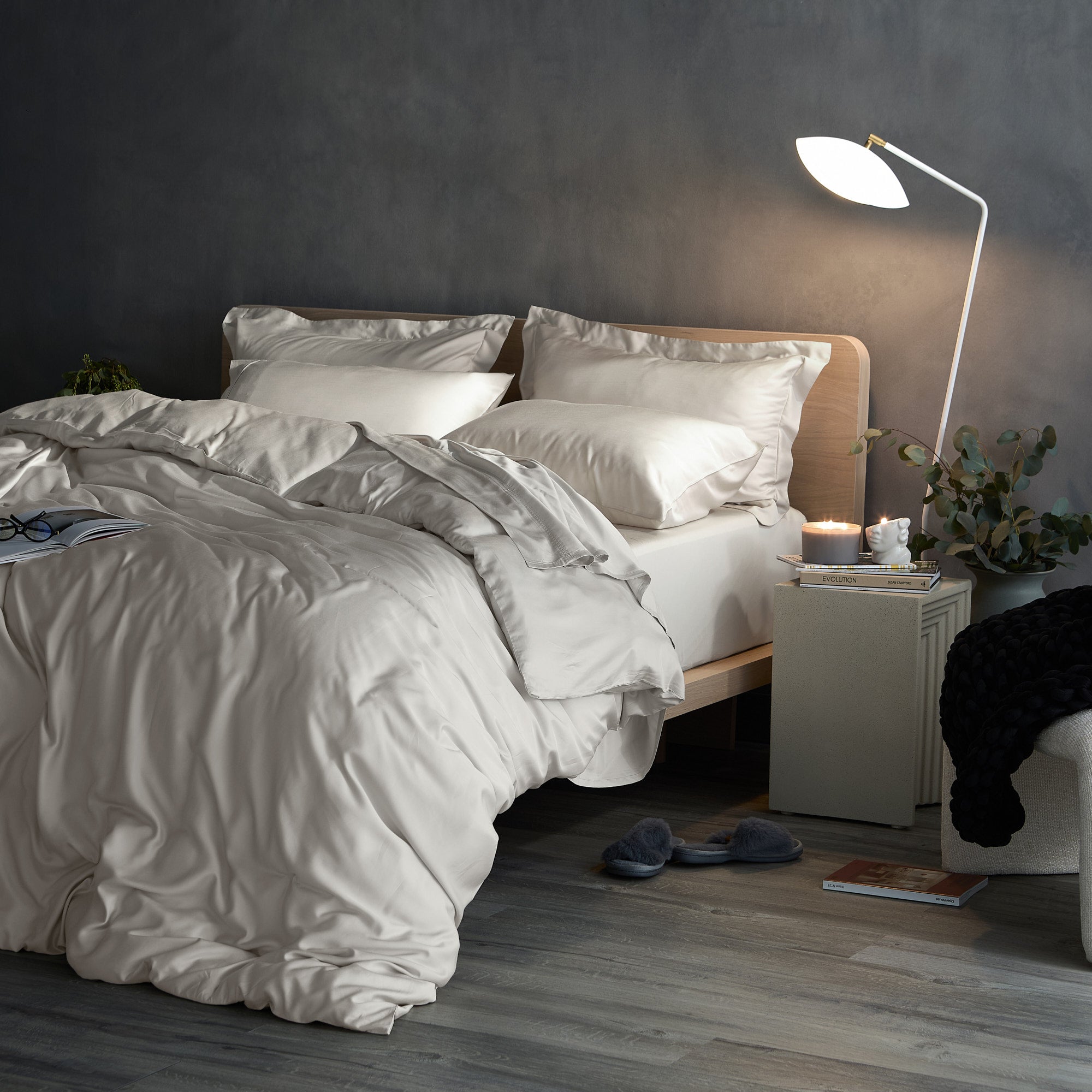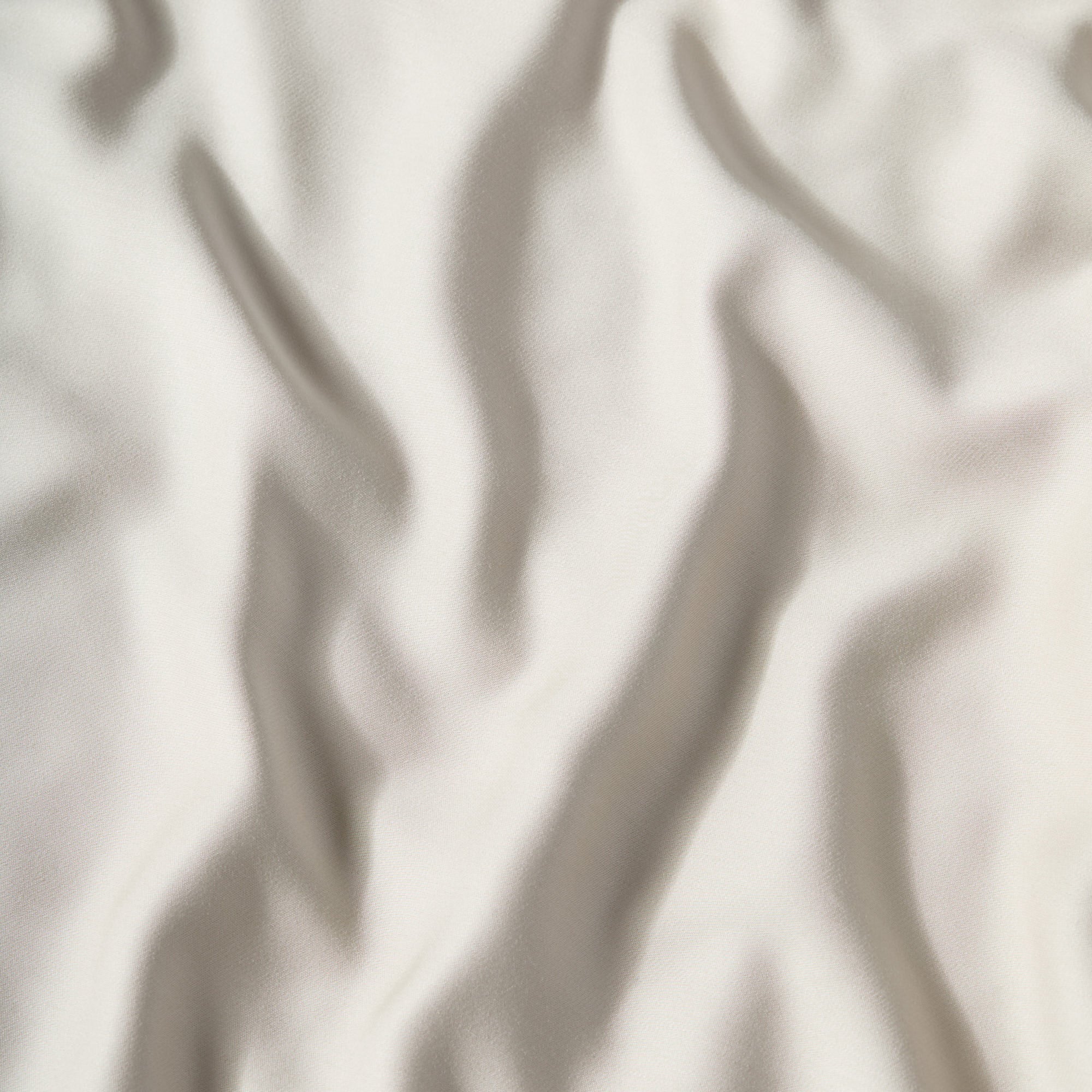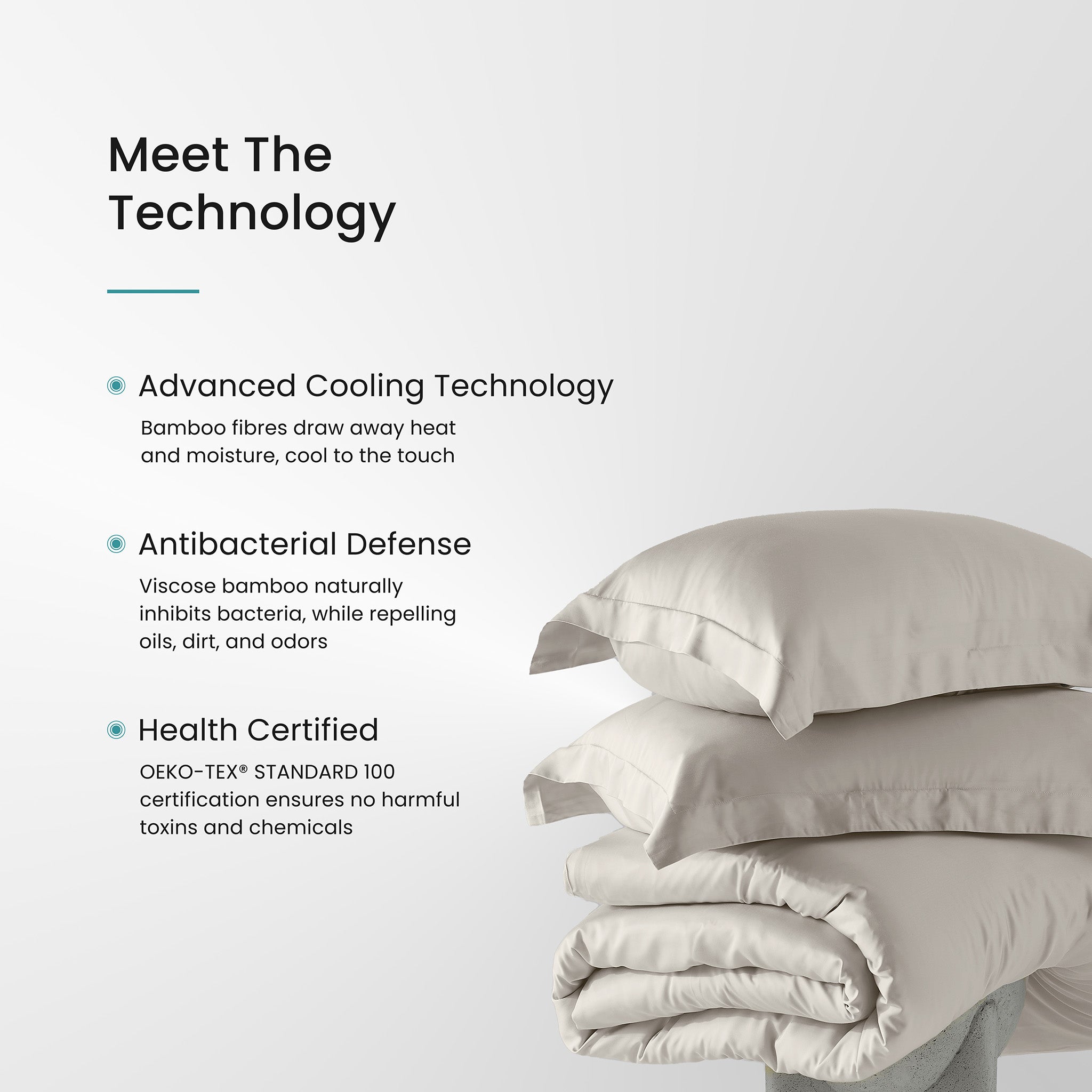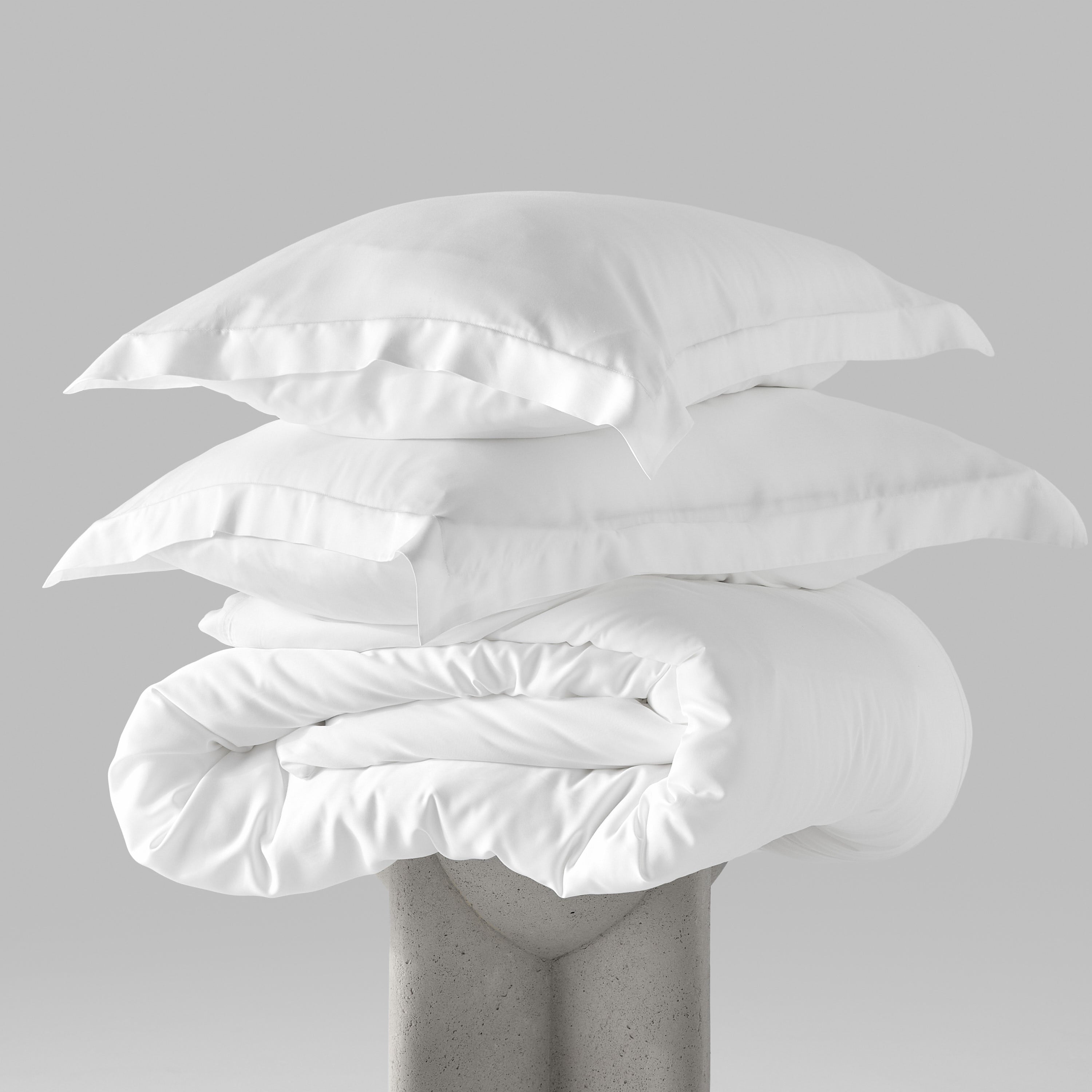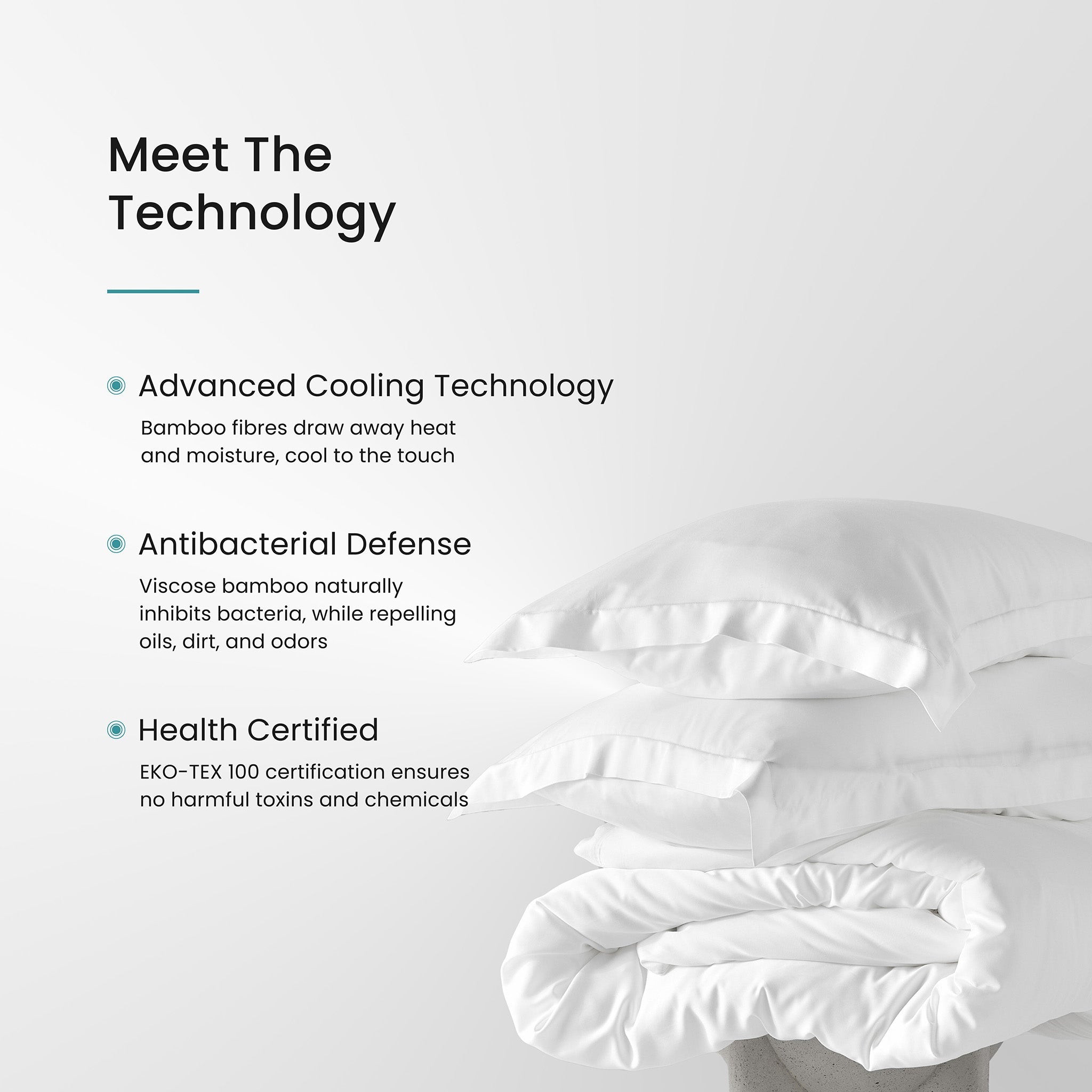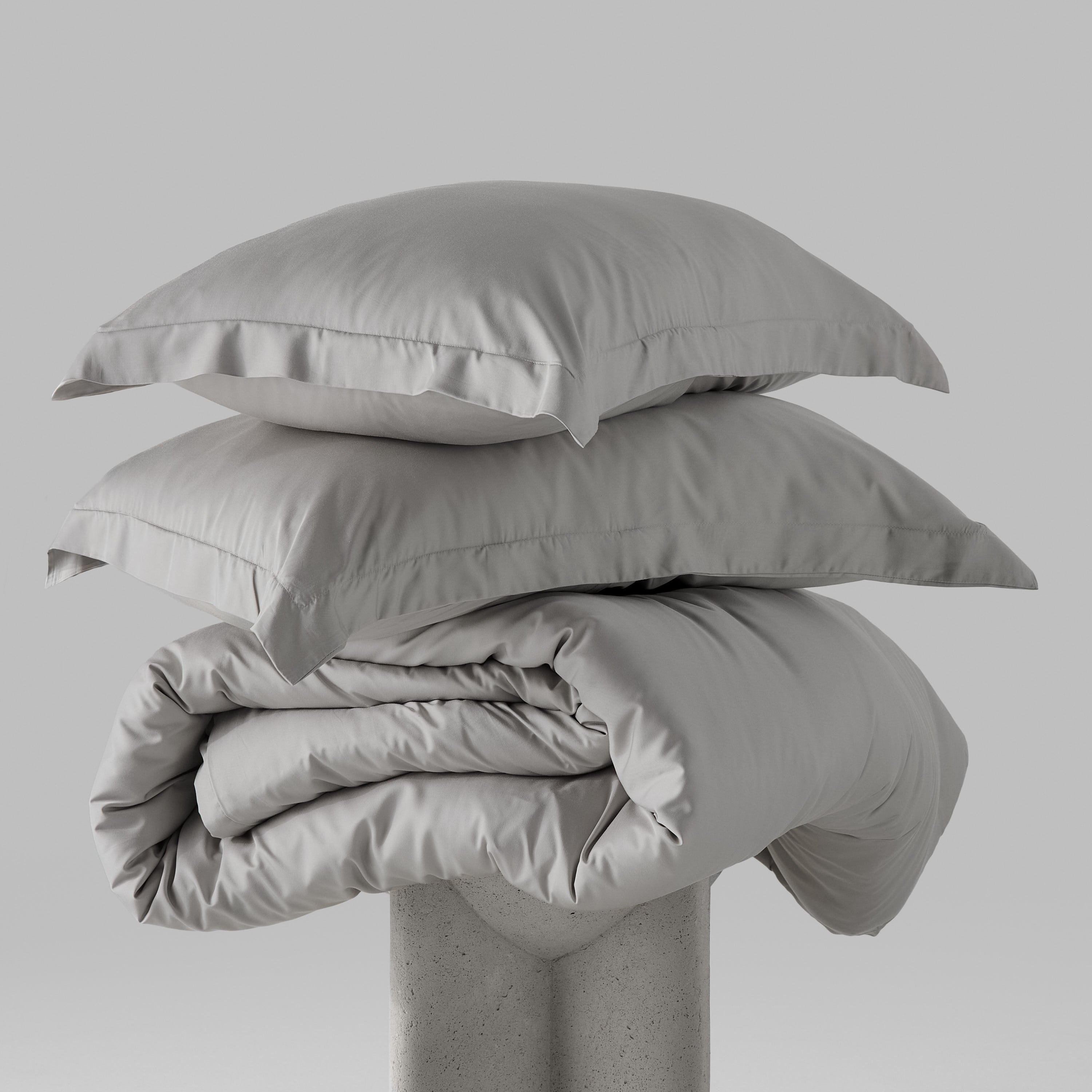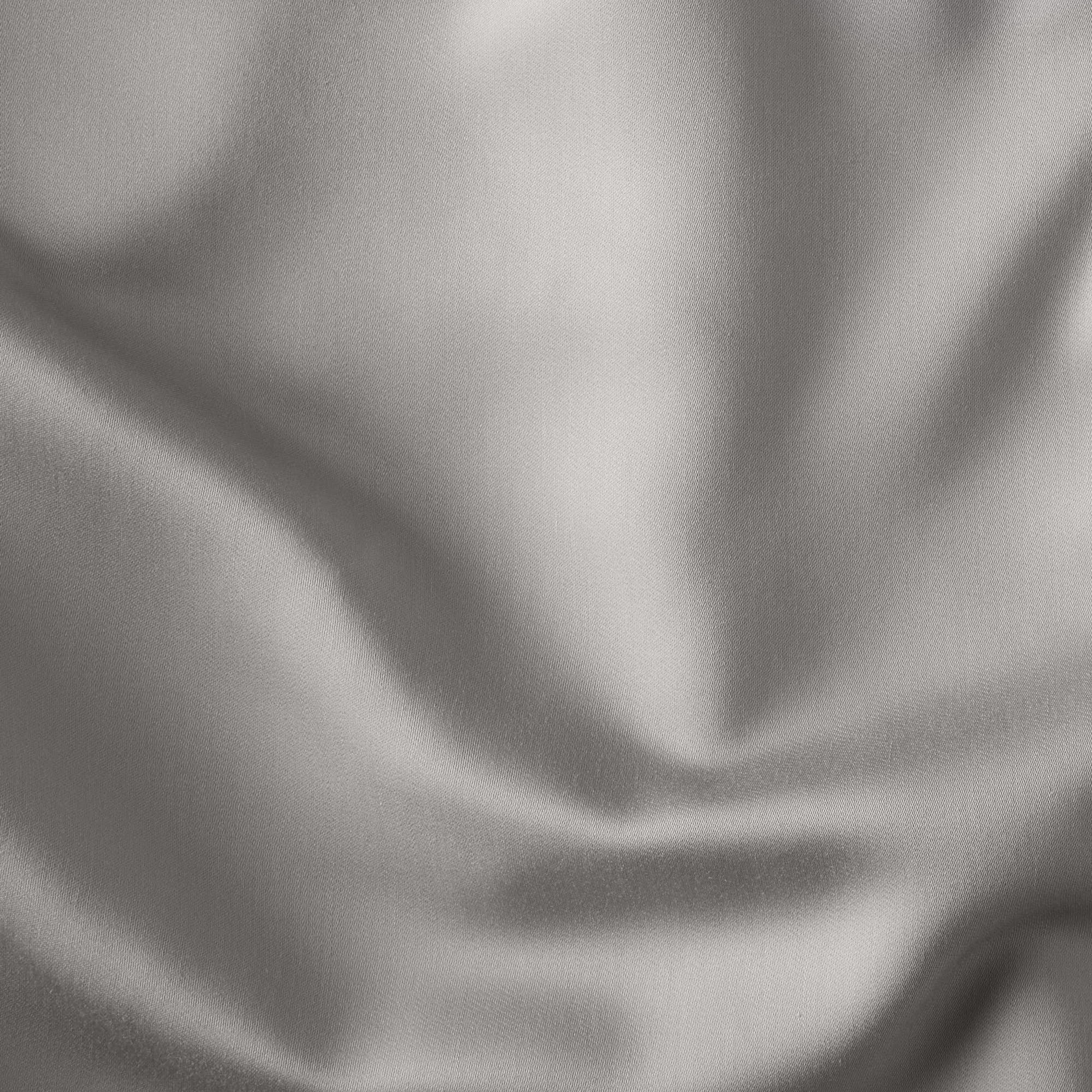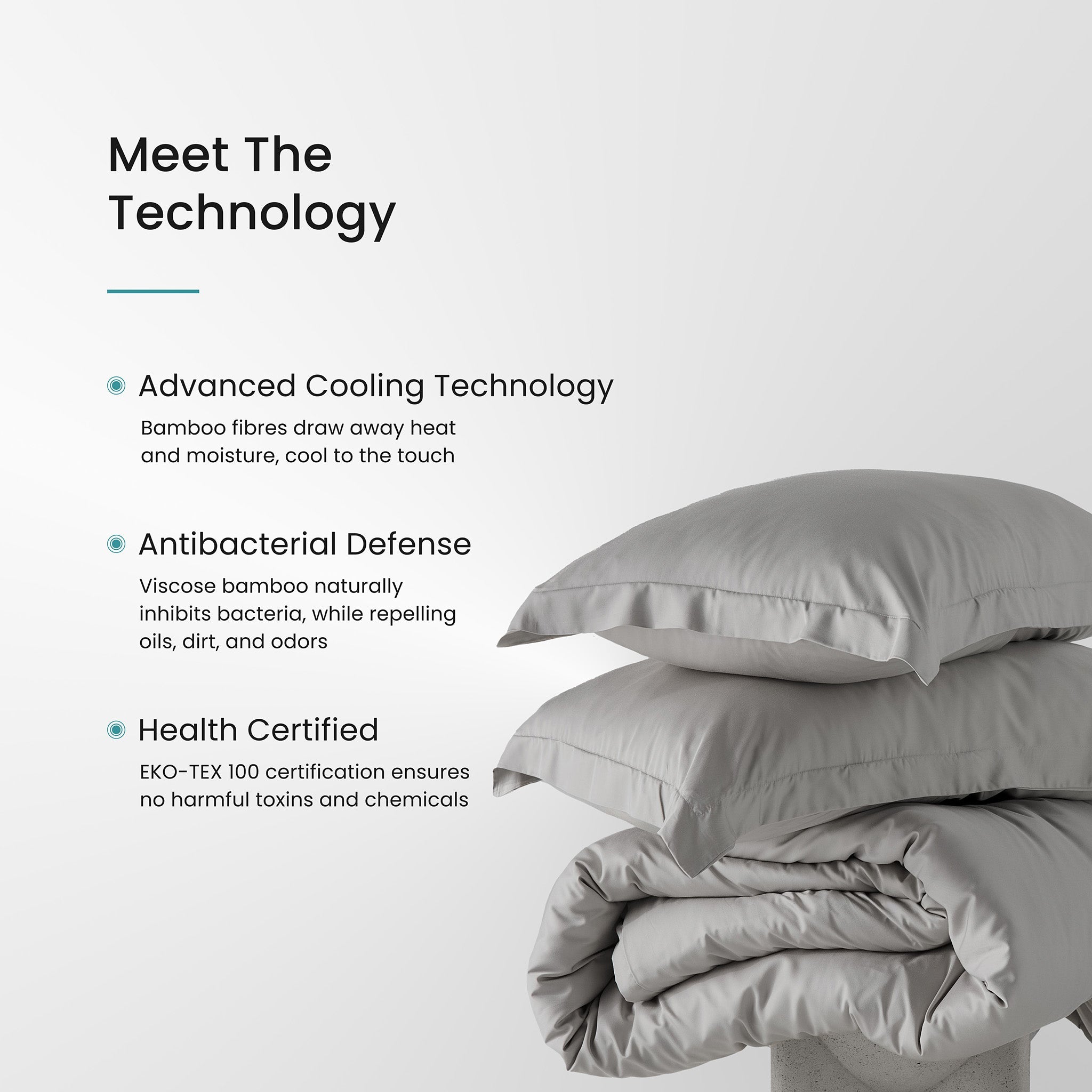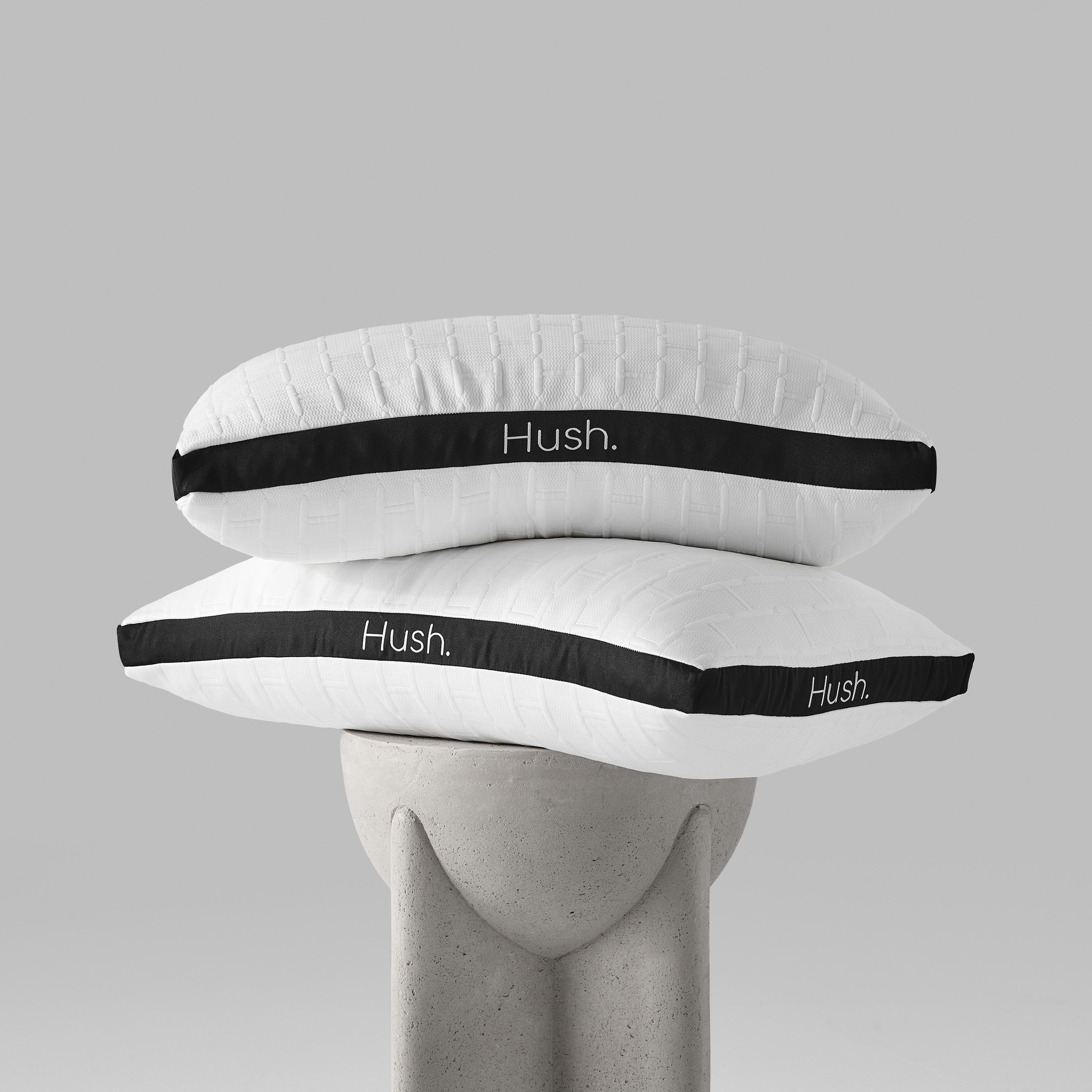If you’re someone who cares about the materials, fabrics and furnishings around your home - including the production process that got them there - you’re likely familiar with both organic certifications as well as OEKO-TEX. But what you might not know is that these two certifications aren’t quite the same, despite some ideological overlap.
So, what makes a product OEKO-TEX-certified, makes a product organic, and what are the key differences between the two? Let’s take a look.
What is Organic Bedding?
The term "organic" - in the context of bedding - primarily refers to the way the raw materials, such as cotton or linen, are grown and processed in order to be manufactured. In short, farming practices that can be considered authentically organic are those which take measures to be environmentally sustainable, avoiding the use of synthetic pesticides, fertilizers, and genetically modified organisms (GMOs), all of which damage the environment. Organic manufacturing also tends to promote healthier working conditions for farmers, which are often retrograde and unacceptable in certain parts of the world.
So, if you’re looking for organic bedding, the certification to look for is the Global Organic Textile Standard (GOTS), which ensures that from the beginning of the process (the harvesting of raw materials), to labelling and selling the product, all steps meet stringent organic and ethical standards.
What does OEKO-TEX Certified Mean?
On the other hand, OEKO-TEX is not a certification for organic materials but rather a safety standard for textiles, ensuring they’re safe for human use. If a product has a OEKO-TEX Standard 100 certification, this means that the textiles are confirmed to be free from harmful substances during the production process. OEKO-TEX certified products are tested for a range of substances, including - but not limited to - heavy metals, carcinogenic dyes, and phthalates, the latter of which have been proven to cause hormonal imbalances, even in children.
Put simply, the OEKO-TEX certification is not concerned with how the raw materials are grown, as in the case of organic products; technically, a textile product could be OEKO-TEX certified but not made from organically grown fibres. Rather, the certification primarily assures potential customers that the product is safe and free from harmful chemicals at every stage of its production, and that the product - for example, our OEKO-TEX-certified cooling bamboo sheets - poses zero risk to human health.
OEKO-TEX vs Organic: Key Differences

It’s fair to say that both organic and OEKO-TEX certifications prioritize human health and environmental sustainability, and while they share ideological spheres, their approaches and areas of focus differ. Organic certification, like GOTS, places its emphasis on the agricultural and manufacturing processes being environmentally friendly and sustainable, concerning itself with the entire lifecycle of the product, including ethical labour practices.
OEKO-TEX, in contrast, zeroes in on the chemical safety of the textiles, in particular It doesn’t consider the environmental impact of the raw material production or the sustainability of manufacturing processes. Put simply it’s more about the end product being safe for consumers, - especially in terms of chemical residues - rather than an ethical and sustainable production line.
Which is Best, OEKO-TEX or GOTS?
Pitting an OEKO-TEX certification and a GOTS certification against one another isn’t exactly an equal contest, as the two infer different meanings and go through different standards of testing. That being said, based on what aspect of product safety is most important to you, you can favour one over the other when buying textiles and home furnishings. For example, if your main shopping habit is prioritizing environmental sustainability from farm to factory, then organic bedding and a GOTS certification is the way to go. On the other hand, if you’re ultra-conscious about chemical safety - especially if you’re shopping for children’s textiles and home bedding - an OEKO-TEX certification can offer some reassurance.
It’s also worth noting that some products may carry both certifications, which means you, as the consumer, get the best of both worlds.
FAQs
Is OEKO-TEX Reliable?
Yes! An OEKO-TEX certification is highly reliable in the textile industry, and represents a globally recognized standard that tests for harmful substances in textiles. Products with this certification have been thoroughly tested to ensure they meet stringent health and safety standards.
Does Organic Mean OEKO-TEX-Certified?
No, it’s important to point out that organic and OEKO-TEX certifications are not the same. While organic certification primarily focuses on the way raw materials are grown - emphasizing the non-use of synthetic pesticides and fertilizers - OEKO-TEX certification relates to the processing of textiles, ensuring they’re free from harmful chemicals and safe for human use.
How Are Bamboo Sheets Made?
If you’ve ever wondered “how are bamboo sheets made?” Bamboo sheets are made by processing bamboo fibres into fabric, the process of which typically involves harvesting bamboo, breaking it into a mushy mass, and then combing out the fibres. These fibres are then spun into yarns and woven into sheets, like those we sell at Hush.
Can a Product Be Both OEKO-TEX Certified and Organic?
Yes! A product can be both OEKO-TEX certified and organic, indicating that both the raw materials were organically grown, and that the final product is free from harmful substances as per OEKO-TEX standards.










